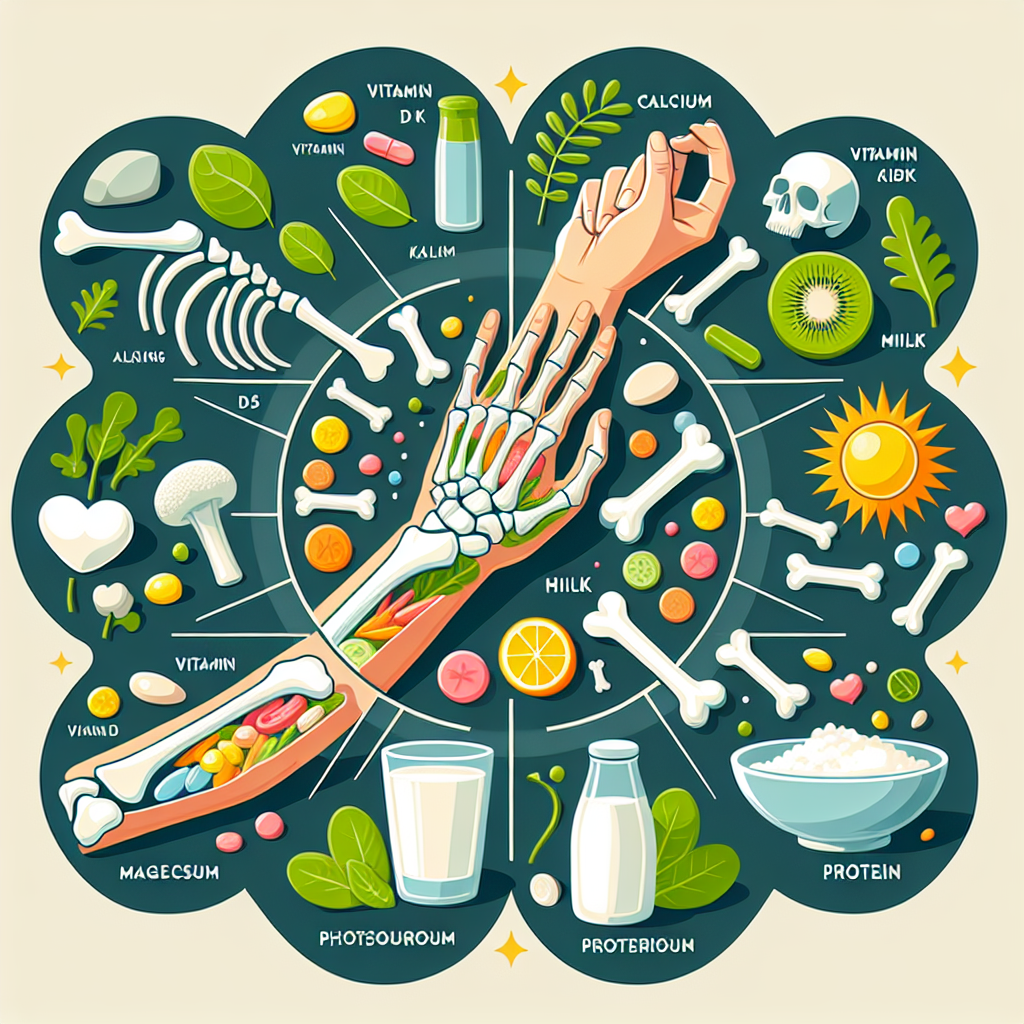Arthritis is a debilitating condition affecting millions worldwide, characterized by joint pain, stiffness, and inflammation. While numerous factors contribute to the development of arthritis, bone health plays a crucial role in its prevention. This comprehensive article explores the multifaceted connection between bone health and arthritic conditions, offering insights into preventive strategies, lifestyle modifications, and cutting-edge research to support optimal bone wellness.
The Importance of Bone Health
Bone health is often an overlooked aspect of overall well-being, yet it is a cornerstone in preventing numerous health conditions, including arthritis. Healthy bones provide structural support, protect internal organs, and facilitate movement. Moreover, they serve as a reservoir for essential minerals, such as calcium and phosphorus, which are vital for various bodily functions.
Bone Density and Arthritis
A key measure of bone health is bone density, which indicates the strength and solidity of bones. Low bone density, or osteopenia, can progress to osteoporosis, increasing the risk of fractures and contributing to the development of arthritis. Joints rely on the integrity of the bones they connect; therefore, maintaining bone density is crucial in preventing joint-related disorders.
For an in-depth look at the implications of bone density on health, Understanding the Impact of Thyroid Function on Bone Density provides valuable information on how hormonal balance is integral to bone strength.
Nutritional Factors in Bone Health
Nutrition plays a vital role in maintaining bone health. Essential nutrients like calcium, vitamin D, magnesium, and vitamin K2 are fundamental for bone formation and maintenance. An imbalance or deficiency in these nutrients can lead to deteriorating bone health, thereby increasing the risk of arthritis.
The article The Role of Vitamin K2 in Bone Metabolism offers a closer examination of how this lesser-known vitamin is essential for bone health and, by extension, for preventing arthritic conditions.
Physical Activity and Bone Strength
Engaging in regular physical activity is another cornerstone of bone health. Weight-bearing exercises, such as walking, running, and resistance training, promote bone formation and increase bone density. Additionally, physical activity improves joint flexibility and muscle strength, both of which can help protect against the onset of arthritis.
For insights into how movement influences bone health, The Impact of Physical Activity on Bone Remodeling delves into the beneficial effects of exercise on the skeletal system.
Lifestyle Factors Affecting Bone Health
Several lifestyle factors can either positively or negatively influence bone health. Smoking and excessive alcohol consumption have been linked to decreased bone density and an increased risk of fractures. Conversely, adopting a balanced diet rich in bone-supporting nutrients and maintaining a healthy weight can significantly improve bone strength and reduce arthritis risk.
The Role of Bone Health Supplements
Supplements can play a supportive role in maintaining bone health, especially for individuals who may not receive adequate nutrition through diet alone. Calcium and vitamin D supplements are commonly recommended; however, other supplements like magnesium, vitamin K2, and omega-3 fatty acids can also be beneficial.
To understand more about how supplements can aid bone health, reference Assessing the Benefits of Herbal Supplements for Bone Density.
Environmental and Genetic Influences
Environmental factors, including exposure to certain chemicals or pollutants, can impact bone health. Genetics also play a part, with some individuals being predisposed to lower bone density or specific arthritic conditions. While these factors are not always controllable, awareness and early intervention can help mitigate their effects.
Innovative Research and Treatments
Advancements in medical research are continually shedding light on new ways to protect and enhance bone health. Cutting-edge imaging techniques, such as high-resolution peripheral quantitative computed tomography (HR-pQCT), allow for detailed assessments of bone architecture, providing insights into fracture risk and bone quality.
External resources that offer insights into the latest bone health research include:
- Osteoporosis International, a specialized journal providing a forum for scientific papers on skeletal disorders.
- National Institute of Arthritis and Musculoskeletal and Skin Diseases, which offers extensive resources on bone health and arthritis.
- International Osteoporosis Foundation, which features information on prevention, diagnosis, and treatment of osteoporosis and related bone diseases.
Conclusion
Maintaining robust bone health is essential for preventing arthritic conditions. Through a combination of nutritional awareness, regular physical activity, and lifestyle adjustments, individuals can significantly reduce their risk of developing arthritis. By staying informed on the latest research and treatments, we can better understand the complexities of bone health and its vital role in maintaining an active, pain-free life.
For further reading on related health topics, explore articles on Bone Health and Medication & Supplements for additional strategies to support your skeletal system.



